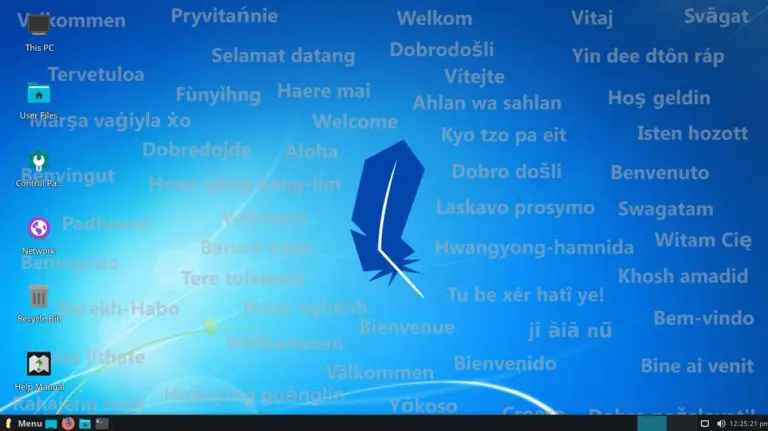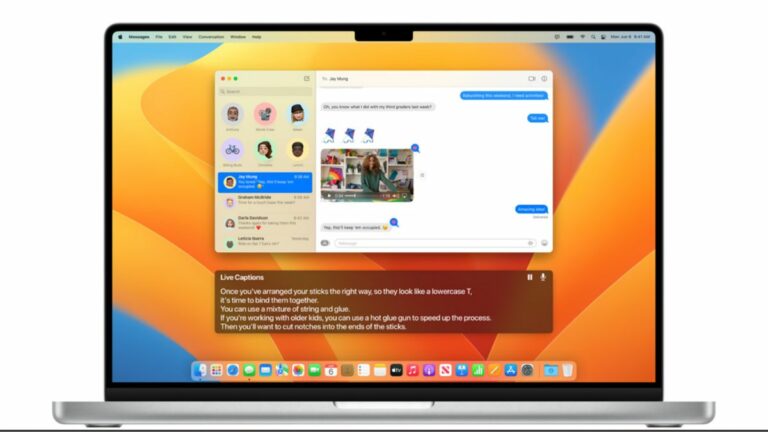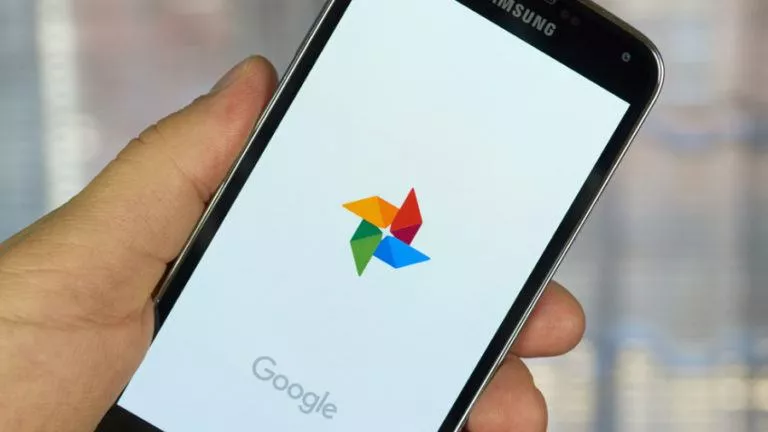This AI Face Recognition Can Identify Faces In WWII Photos
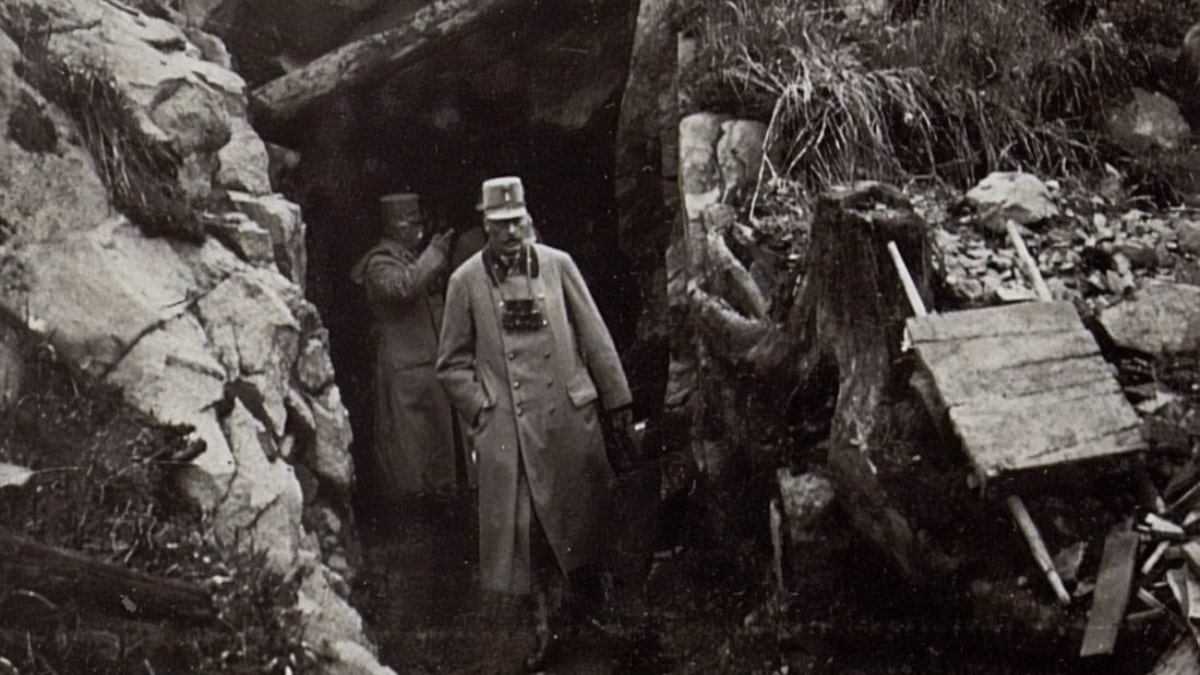
A Google engineer named Daniel Patt has developed an AI using face recognition technology that scans through many WWII photos to identify the survivors and victims of the Holocaust.
Patt is a 40-year-old software engineer currently working for Google. He got the idea to develop the AI ‘From Numbers to Names‘ while walking past the numerous photos of Holocaust survivors and victims at Warsaw’s POLIN Museum of the History of Polish Jews in 2016.
Face recognition AI to scan WWII photos
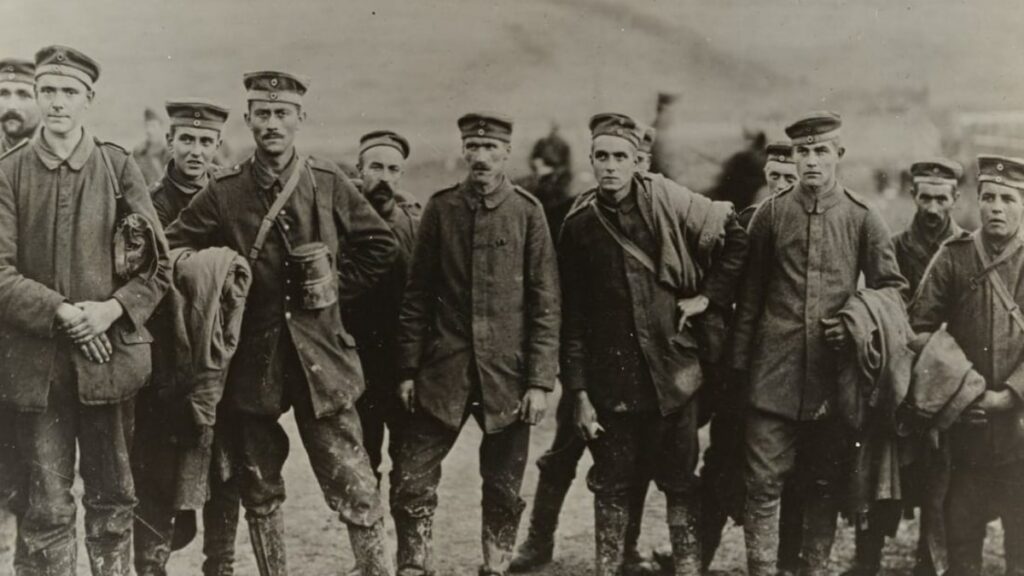
Patt was haunted by the possibility that he might be passing through the pictures of his relatives without even knowing it. Since then, Patt set himself to work and developed an AI called from Numbers To Names(N2N).
The facial recognition artificial intelligence allows him to scan through hundreds of photos from pre-war Europe and the Holocaust, linking them to people living today.
How does N2N work?
According to The Times of Israel, N2N searches through thousands of photos made accessible by the USHMM and pictures taken by specific survivors and their ancestors. Despite this, the software only displays the top 10 potential matches that it can locate in the database at its disposal.
If you’re interested in using the website, all you need to do is upload a picture taken around the same time. According to Patt, his team does not make any software-based claims on the reliability of the identification; instead, it is up to site visitors to make that determination.
Patt informed The Times of Israel that he is aiming to acquire an additional 700,000 images from the pre-Holocaust and Holocaust periods and the photos and videos already on the website.
The Non Profit, according to Patt, has had casual contact with the USHMM, but he intends to work with museums, schools, research institutions, and other groups in the future.
How successful have they been yet?
In the report, Patt said, “we’ve analyzed nearly half a million photos so far, containing around 2 million faces, and there is a backlog of potential identifications we’re manually going through now.”
Patt’s team reached out to Geddy Lee from Rush as they had a photo they thought was of his mother. Geddy confirmed that this was indeed a photo of her at the displaced person camp at Bergen-Belsen. Geddy further discovered pictures of his grandmother, uncles, an aunt, and other extended families by browsing the source where the initial photo came from.
Patt has a personal stake in the project because three of Patt’s four grandparents are Holocaust survivors from Poland. He wants to assist his grandmother in locating photographs of the members of her family whom the Nazis killed.
We hope Patt’s idea is a huge success and continues to help many people. This is a fantastic example of how artificial intelligence has recently achieved marvels in things like face recognition and image generation.



